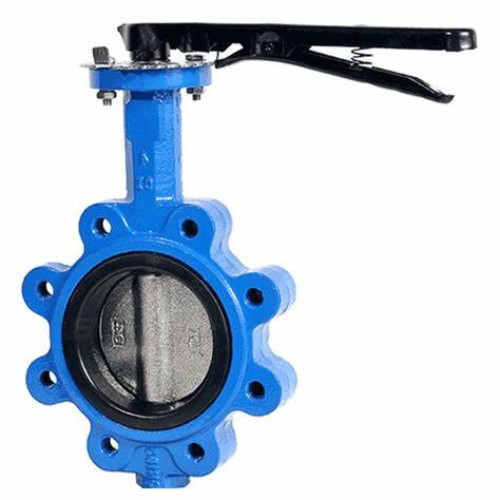butterfly valve cast iron
The Butterfly Valve An Overview of Cast Iron Valves
Butterfly valves have become a crucial component in many industrial applications due to their simple design, compact structure, and efficiency. Among the variety of materials used in the construction of butterfly valves, cast iron has emerged as a popular choice for several reasons.
What is a Butterfly Valve?
A butterfly valve is a type of flow control device that regulates the flow of fluid through a pipe. Its mechanism consists of a rotating disc that turns on a shaft, allowing it to open or close the valve by positioning itself perpendicularly or parallel to the flow of the fluid. This simplistic design allows for quick operation, making butterfly valves ideal for systems that require rapid shut-off capabilities.
Cast Iron as a Material Choice
Cast iron is an alloy of iron that is known for its excellent strength, durability, and resistance to corrosion and wear, making it an ideal material for butterfly valves used in various environments. Cast iron valves can withstand high pressure and temperature variations, and their robustness makes them suitable for both water and chemical processes.
One of the significant advantages of using cast iron in butterfly valves is its ability to resist various forms of corrosion. In applications where the fluid may be abrasive or contain corrosive substances, cast iron’s resilience ensures the longevity of the valve. Additionally, cast iron has good thermal conductivity, contributing to the valve's efficient operation in high-temperature situations.
butterfly valve cast iron

Applications of Cast Iron Butterfly Valves
Cast iron butterfly valves are extensively utilized across a broad array of industries. In water distribution systems, these valves control and regulate the flow of water efficiently. The wastewater treatment plants also employ cast iron butterfly valves due to their durability and ability to manage the varying pressures often found in such systems.
Moreover, the chemical industry frequently uses cast iron butterfly valves for handling certain chemicals, ensuring that they can withstand corrosive environments while providing reliable flow control. In HVAC systems, these valves help maintain airflow, contributing to energy efficiency and effective climate control in buildings.
Installation and Maintenance
Proper installation and maintenance of cast iron butterfly valves are paramount for their optimal performance. When installing, it's essential to ensure that the valve is positioned correctly within the piping system, allowing for full opening and closing without obstruction. Over time, regular maintenance checks should be conducted to inspect for wear and tear, ensuring that the sealing mechanism remains intact and functional.
Conclusion
In summary, cast iron butterfly valves are an invaluable component of numerous industrial processes due to their efficiency, durability, and resistance to wear and corrosion. Their ability to facilitate quick operation and manage varying pressure levels makes them highly sought after in many applications, from wastewater treatment to chemical processing. As industries continue to evolve and require more efficient solutions for fluid control, cast iron butterfly valves will likely remain a steadfast choice for engineers and operators alike. Their reliability and performance are testaments to the critical role they play in modern industrial systems.
-
The Key to Fluid Control: Exploring the Advantages of Ball Valves in Industrial SystemsNewsJul.09,2025
-
The Versatile World of 1, 2, and 3 Piece Ball ValvesNewsJul.09,2025
-
Stainless Steel Ball Valves: The Ideal Choice for Efficient Flow ControlNewsJul.09,2025
-
Optimizing Fluid Control with Ball Float ValvesNewsJul.09,2025
-
Manual Gate Valves: Essential for Control and EfficiencyNewsJul.09,2025
-
Everything You Need to Know About Butterfly ValvesNewsJul.09,2025
-
The Versatility of Wafer Type Butterfly ValvesNewsJul.08,2025




